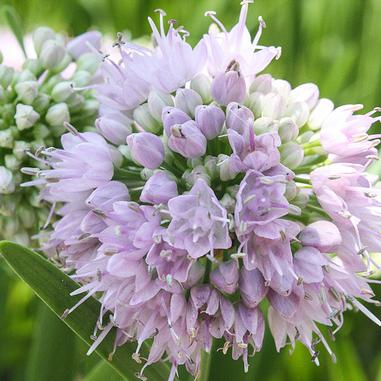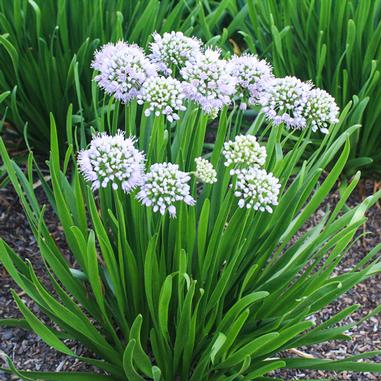The fragile, silvery strand caught a splinter of light, momentarily shimmering and glistening in the summer sun. As the wind began to roil and swirl, the spider’s silk became untethered, taking flight upon the breeze. An almost invisible moment became apparent. A shared secret to keep.
The soil, in our yards and gardens, holds many secrets, yet it whispers to us in a universal language we can all understand. Weeds.
Weeds are the bane of our garden and lawn’s existence and can be a thorn in the side of any gardener, but they can also offer clues as to the type and quality of soil we have. Armed with this knowledge, we can begin to manage their growth and amend our soil accordingly.
Acidic Soil
Dandelions, Stinging Nettle, Curly Dock, Hawkweeds, Plantain, Wild Radish, Sow Thistle, and Oxeye Daisy can all be indicators of acidic soil. Acidic soils have a pH below 7. Consider planting Azalea, Endive, Hydrangea, Rhubarb, Rhododendron, and Shallots. Lime can be added to raise the soil’s pH to a desirable range. Many plants prefer a slightly acidic soil, so a soil test may be needed to help determine the level of acidity and the amount of lime needed.
Alkaline Soil
Queen Anne’s Lace, Bellflower, Goosefoot, White Mustard, Pennycress, Stinkweed, and Nodding Thistle can indicate an alkaline soil. Alkaline soils have a pH above 7. Sulfur can be added to lower the soil’s pH, but a soil test will determine the exact amount. Consider planting Asparagus, Beets, Lettuce, Onions, and Spinach as they do well in alkaline soils.
Poor/Depleted Soil
Dog Fennel, Wild Radish, Sheep Sorrel, and Wild Parsnip can indicate poor, depleted soils. Consider planting Beans, Carrots, Peas, Sage, and Thyme. The soil can also be amended with organic fertilizers and then maintained with compost and cover crops.
Heavy Clay Soils
Heavy or clay soils may have Chicory, Creeping Buttercup, English Daisy, Mayweed, Milkweed, and Wild Garlic growing. Many plants have a difficult time growing in heavy, clay soils as drainage and lack of nutrients are big issues. Consider planting Aster, Daylilies, Fountain Grass, Forsythia, Hydrangea, or Purple Coneflower.
Wet Soil
Wet, poorly drained soils invite Canada Goldenrod, Cattail, Violets, Yellow Nutsedge, Marsh Mallow, and Ragwort. Moss, Foxtails, Horsetail, Knotweed, Chickweed, and Sedge may indicate swampy conditions. Look to moisture loving perennials and grasses, like Turtlehead, Joe-Pye Weed, Ligularia, Ribbon Grass, and Cardinal Flower.
Dry Soil
Consistently dry soil can yield Black Medic, Red Sorrel, and Carpet Weed. Consider planting drought tolerant plants like Chives, Lavender, Coreopsis or Russian Sage.
Because some weeds are prevalent in a variety of soil conditions, it’s important to observe several of the most dominant types of weeds present. Some weeds will grow in almost all soil types, so they should not be used as reliable indicators of soil type. Again, look to more than just one weed, their preferred soil conditions, and you should be able to determine the soil type. Once the issue has been defined, soil amendments can be made and/or plants can be added that thrive in the given conditions.
When it comes to eliminating weeds, some lawn weeds can be prevented by simply maintaining a healthy, lush lawn through proper lawn management. Some weeds can be manually removed while many require herbicide intervention for both the lawn and garden. Reach out to Sweeney’s, and we can help identify your weed/soil issues while devising a plan for a weed-free garden and lawn.
Plant of the Week:
Summer Peek-A-Boo Onion
Lavender, rounded blooms sit atop slender, compact foliage. Blooms July – August and prefers full sun and dry soil. Grows 8-12″ high and 18-24″ wide. Attracts pollinators and is deer resistant.
“Crabgrass can grow on bowling balls in airless rooms, and there is no known way to kill it that does not involve nuclear weapons.”
-Dave Barry
Best wishes,
Kim Sweeney


